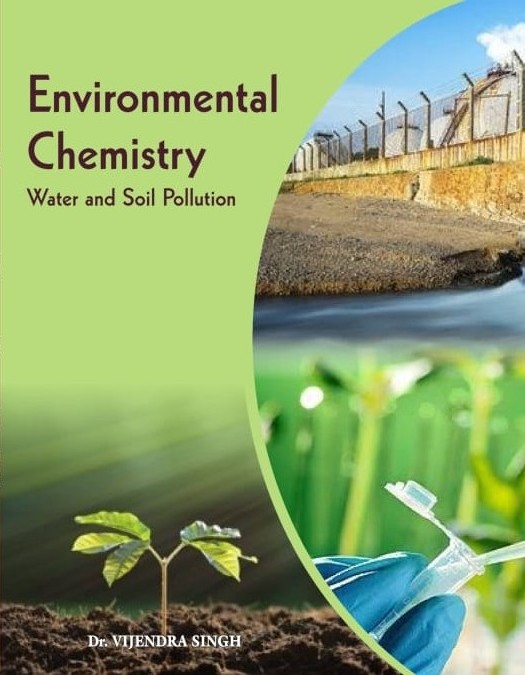- Please choose product options by visiting Digital Image Processing and Applications.
save
₹50.00Environmental Chemistry : Water and Soil Pollution
₹949.00₹999.00
| Author Name |
Dr. Vijendra Singh |
|---|---|
| Book Type |
E-Book |
| Categories |
Environment Science |
| ISBN | |
| Language |
English |
| Pages |
272 |
| Published Date |
01-JULY-2020 |
| Publisher | |
| Size |
7 X 9 |

